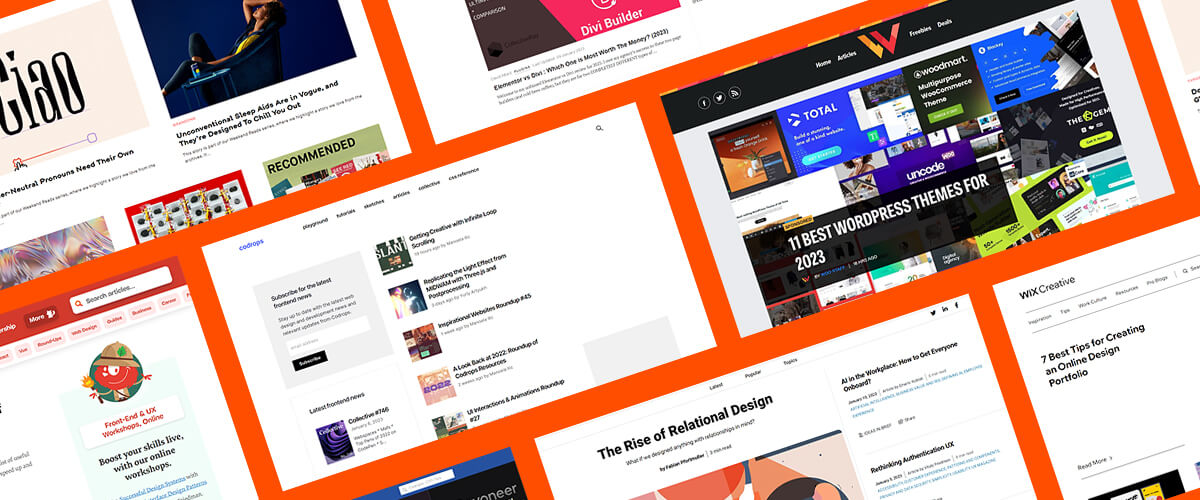If people don’t get what you do in just a few seconds, they’re out.
Companies try to sound clever. Fancy words, industry jargon, taglines that sound smart but say absolutely nothing.
Clarity beats cleverness every single time.
When someone lands on your website, they’re asking one thing: Can they solve my problem? If they can’t answer that, they’re gonna hit the back button.
Sharp brand messaging removes friction. It makes sales calls smoother, marketing simpler, referrals easier. When people instantly get what you do, they can instantly decide if they need it.
Stop trying to sound smart. Start being clear.
Why confused customers bounce immediately
Your website has about five seconds to make a first impression. In those crucial moments, visitors are scanning for one thing: proof that you can solve their problem.
The 5-second rule of website messaging
Here’s what happens in those first five seconds:
Visitors scan your headline. They glance at your subheading. They look for visual cues about what you actually do.
If any of those elements are confusing, vague, or require mental translation, they bounce. It’s not personal. It’s practical.
They have a problem to solve and limited time to solve it. If you can’t clearly communicate how you help within five seconds, they’ll find someone who can.
This isn’t about having the perfect website design or the flashiest graphics. It’s about instant comprehension.
What visitors are really asking when they land on your site
Every visitor arrives with the same mental checklist:
“Do these people solve my specific problem?” “Can I afford this?” “Do they work with companies like mine?” “How do I get started?”
If your messaging doesn’t answer these questions immediately, visitors start guessing. And confused customers don’t buy. They leave.
Your messaging should eliminate guesswork, not create it.
The hidden cost of jargon
Most companies fall into the same trap. They think sophisticated language makes them look more professional, more credible, more premium.
But why do so many smart teams fall into this trap?
- “We leverage cutting-edge solutions to optimize your operational efficiency”
- “Driving synergistic outcomes through innovative paradigms”
- “Transforming businesses through strategic digital transformation initiatives”
What does any of that actually mean? Nothing. It’s corporate word soup.
Here’s what happens when you prioritize cleverness over clarity:
- Prospects can’t figure out what you do – They spend mental energy trying to decode your message instead of evaluating whether they need your service
- Your sales team has to explain everything – Every conversation starts with “So what we actually do is…” because your messaging didn’t do its job
- Referrals become harder – People can’t recommend what they can’t explain simply
- Marketing campaigns underperform – Confusing ads get ignored because people don’t want to work to understand your value
- You attract the wrong leads – Vague messaging attracts vague prospects who aren’t a good fit
Clever messaging is selfish messaging. It makes you feel smart while making your customers work harder.
Why simplicity wins every time
Clear messaging isn’t just about better conversion rates. It transforms every aspect of how you communicate with prospects and customers.
Makes sales calls smoother
When your messaging is crystal clear, prospects come to sales calls already understanding what you do.
Instead of spending the first 15 minutes explaining your basic service, you can dive straight into their specific needs and how you solve them.
Clear messaging pre-qualifies prospects. People who book calls already know if they’re a fit. You spend less time with tire-kickers and more time with serious buyers.
Your sales team becomes more confident because they’re not constantly translating confusing marketing messages. They can focus on selling instead of educating.
Simplifies your marketing
Clear messaging makes every marketing channel more effective.
Your social media posts make sense. Your email campaigns get higher engagement. Your ads perform better because people immediately understand the value.
You stop needing different explanations for different channels. One clear message works everywhere because it’s based on what customers actually need to know.
Marketing becomes easier to scale because there’s no confusion about how to communicate your value.
Makes referrals easier
People can only recommend what they can explain simply.
If someone asks your client “What does that company you hired actually do?” and your client struggles to explain it, you won’t get referrals.
But when your messaging is clear, clients become confident advocates. They can easily explain your value to their network because you’ve made it easy to understand and repeat.
Clear messaging turns satisfied customers into effective salespeople.
The instant decision framework
Your brain processes information incredibly fast. In seconds, people make judgments about credibility, relevance, and value. Your messaging needs to work with this natural process, not against it.
How people process messaging in seconds
First, they scan for keywords related to their problem. Are you in the right category? Do you solve what they need solved?
Second, they look for proof that you work with people like them. Industry terms, company types, role titles that match their situation.
Third, they evaluate whether this feels like something they can afford and access. Premium positioning? Budget-friendly? Enterprise-level complexity?
All of this happens unconsciously and almost instantly. Your messaging either supports this natural evaluation process or fights against it.
From confusion to clarity to action
The path from visitor to customer has three critical moments:
- Moment 1: Recognition – “These people solve my type of problem”
- Moment 2: Relevance – “They work with companies/people like me”
- Moment 3: Direction – “Here’s exactly what I should do next”
Confusing messaging breaks this flow. Clear messaging accelerates it.
When someone can quickly move through all three moments without confusion, they’re much more likely to take action.
Building messaging that works
Creating clear messaging isn’t about dumbing down your service. It’s about respecting your audience’s time and mental energy.
Start with the problem you solve, not the service you provide. Instead of “We offer comprehensive digital marketing solutions,” try “We help B2B companies generate more qualified leads.”
Use language your customers use, not language your industry uses. If your customers call it “getting more sales,” don’t call it “revenue optimization.”
Test your messaging with people outside your industry. If they can’t explain what you do after reading your homepage, it’s not clear enough.
Make your call-to-action obvious and specific. “Contact us” is vague. “Schedule a 15-minute strategy call” tells people exactly what to expect.
Remove unnecessary words. Every word should either clarify your value or motivate action. Everything else is friction.
Lead with outcomes, not features. Instead of “Our platform includes advanced analytics,” try “See which marketing campaigns actually generate revenue.”
Your messaging should feel like a helpful answer to their problem, not a puzzle to solve.
Stop trying to sound smart. Start being clear.
Because confused customers don’t become paying customers. They just become someone else’s opportunity.




